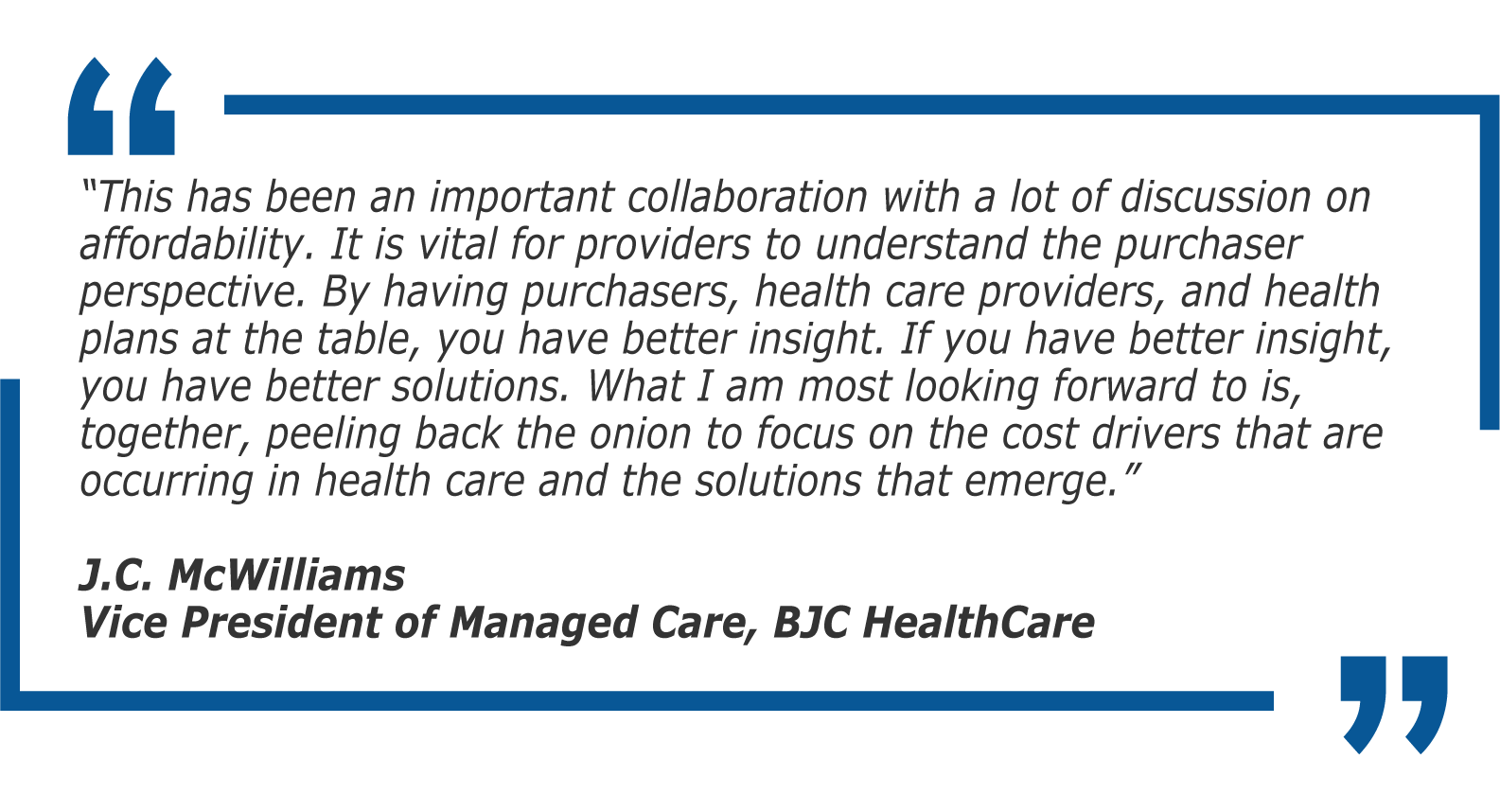A national panel of experts took center stage this week to unveil new policy recommendations for putting health care spending in the United States on a sustainable path. The Health Affairs Council on Health Care Spending & Value (the Council) is a nonpartisan, multidisciplinary workgroup tasked with “defining a deliberate approach for moderating health care spending growth while maximizing value” for state and federal policy leaders’ consideration. The recently published road map provides recommendations to public and private stakeholders on how to achieve higher health care value, compatible within various political environments.
The Process
Throughout the multiyear process, 22 council members reviewed the literature, consulted health care and economic experts, and evaluated the practicality and impact of a wide variety of proposed interventions. The Road Map for Action clarifies that the Council’s analysis considered several drivers of health care cost: administrative waste, excess prices, clinical waste, regulatory burden, supply chain profits, clinician earnings, and fraud and abuse.
The publication also notes that the growth in U.S. health care spending relative to Gross Domestic Product (increasing from 6.9% in 1970 to 17.7% in 2019) seriously crowds out the ability of government and families to afford other necessary services. Council leaders urged that the extent of the U.S. health care spending problem must not lead to inaction. To show the magnitude of opportunity and the risk of doing nothing, research by Dartmouth health economist Jonathan Skinner and colleagues was referenced. It estimated that if health care’s share of GDP could be stabilized to the 2019 level of growth and remain there until 2031 (rather than following its rising trajectory since 1980) then health care spending would be $3 trillion dollars less.
The Recommendations
In addition to stating the Council’s objectives, the road map also makes clear what is not a focus of its work: social determinants of health, low-value care, and pharmaceutical pricing and spending. The rationale for intentionally excluding these areas is not a lack of concern for these issues, rather a clarity of focus and knowledge of efforts underway elsewhere. There is also a detailed discussion of the roles of federal and state government, with a seeming preference for state action with federal alignment and support. The road map includes a ranking of policy recommendations, which fall into four areas:
- Administrative streamlining
- Price regulations and supports for competition
- Spending growth targets
- Value-based payments
Why It Matters
In reading this work, I celebrated the alignment between the national experts’ deliberations and the conversations that have evolved during a similar local, multi-stakeholder effort over the last two years. Published last month, the Midwest Health Initiative’s new report Realizing Effective and Affordable Change in Health Care details the process of achieving shared commitments to health care spending growth targets in St. Louis for the 2023, 2024, and 2025 years. Resulting from a partnership of nearly 30 public and private employers, labor unions, health plans, health systems, and medical groups, the REACH workgroup will guide regional efforts to mitigate rising health care costs, while also monitoring advancements in primary care.
National-Local Alignment
Both the Council’s and REACH’s efforts are intentional and centrally focused on bending the health care cost curve. Although the road map calls for statewide, mandated strategies, REACH is unique in its voluntary, regional approach. Yet, there are other important parallels to point out:
- The national road map suggests “collective action” has been a missing ingredient from U.S. actions to stem spending and calls for multi-stakeholder governance. At the outset, the REACH workgroup acknowledged the importance of an “all-in” approach, seeking commitments from every major St. Louis medical group and health system to align actions in flattening spending growth.
- The road map emphasizes that data for target setting must be readily available so that spending growth can be calibrated below key economic indicators, such as gross state product, household income, wages, or Consumer Price Index. REACH participants evaluated the same list of economic indicators and selected state domestic product as the preferred metric to provide a context for understanding regional health care spending growth.
- The road map notes that centralized data collection is essential and also recommends that states analyze (transparently) areas of high spending, spending variation, and spending growth rates to determine potential drivers, such as outlier prices, practice patterns, population characteristics, or other factors. REACH partners have agreed upon measures and methodologies to assess cost and quality performance among St. Louis medical groups, which will be published in future public reports.
As a next step for REACH, a series of meetings to support stakeholders in realizing these shared goals will begin next month. Participation is open to interested BHC employer members. Please contact me or Allison Ball to get involved in this important work.
Warm Regards,
Louise Y. Probst
BHC Executive Director
